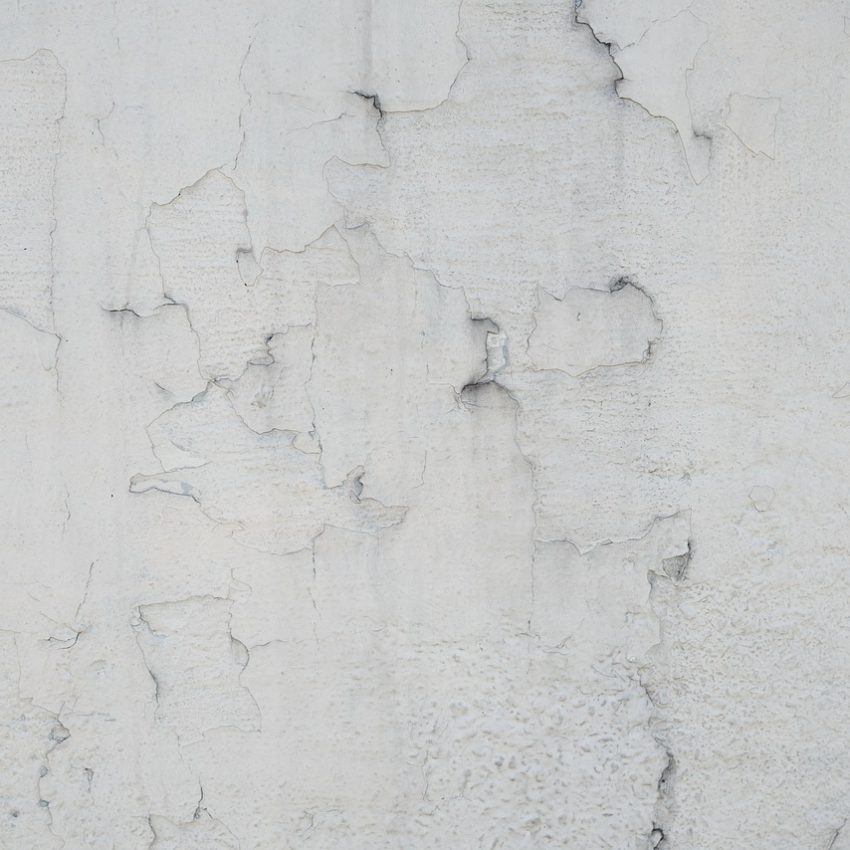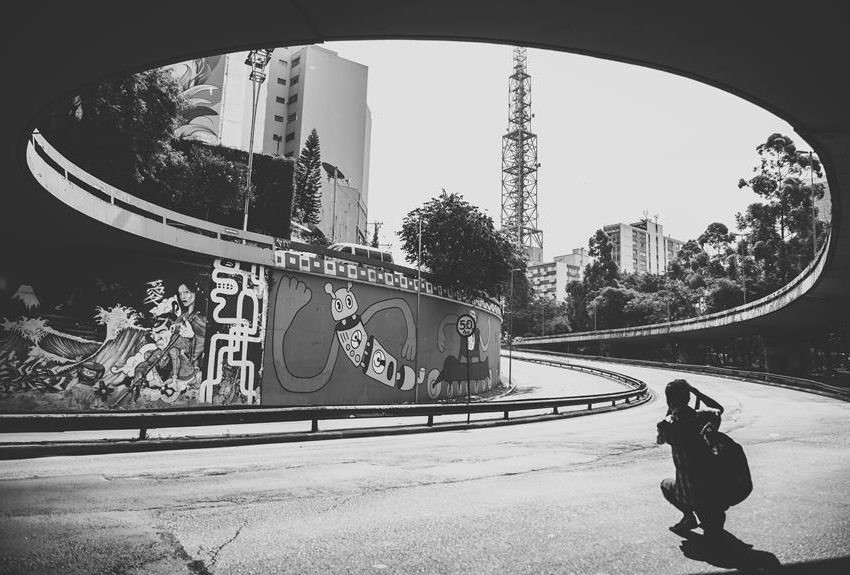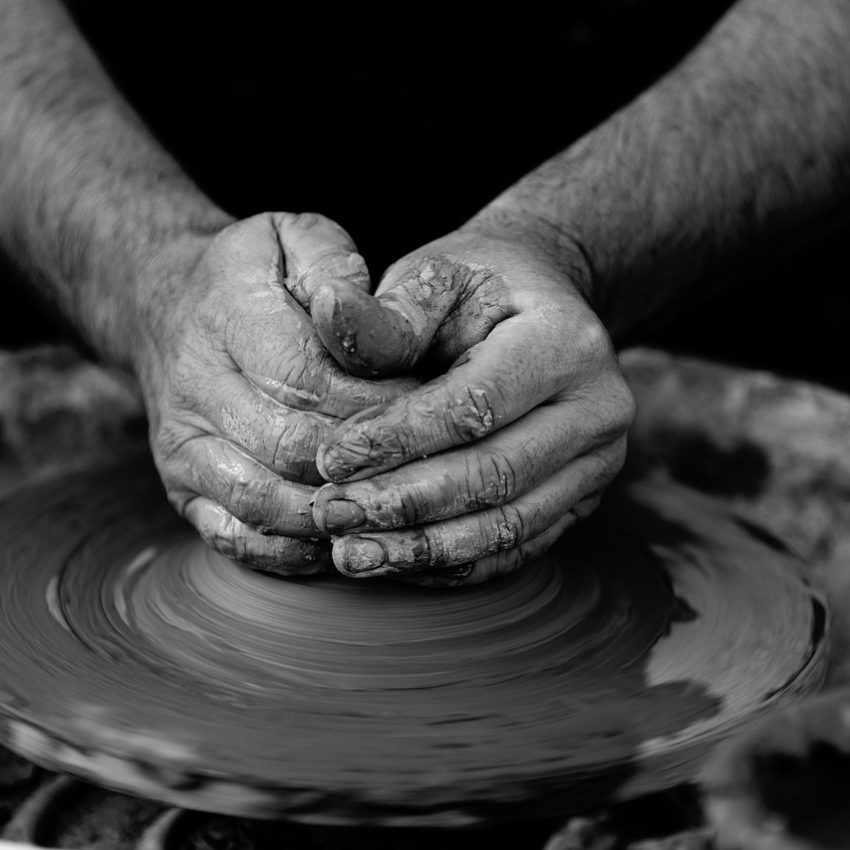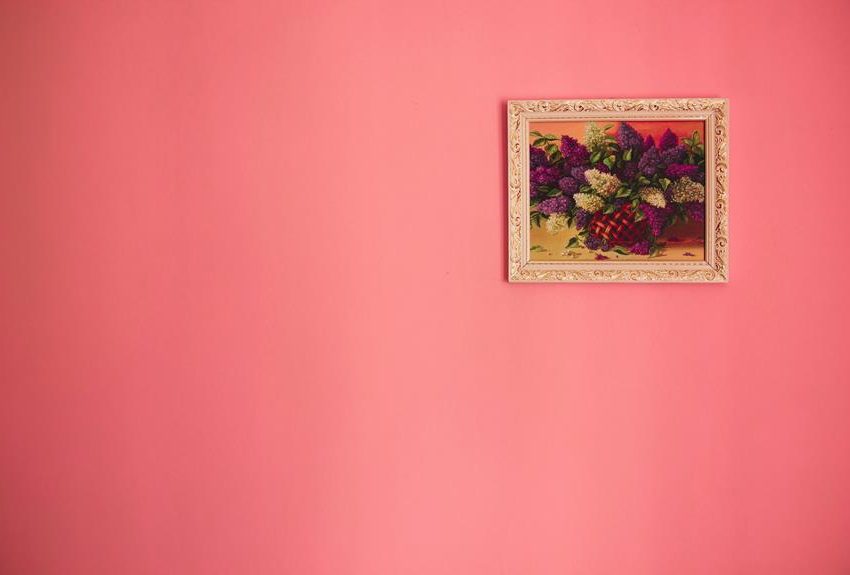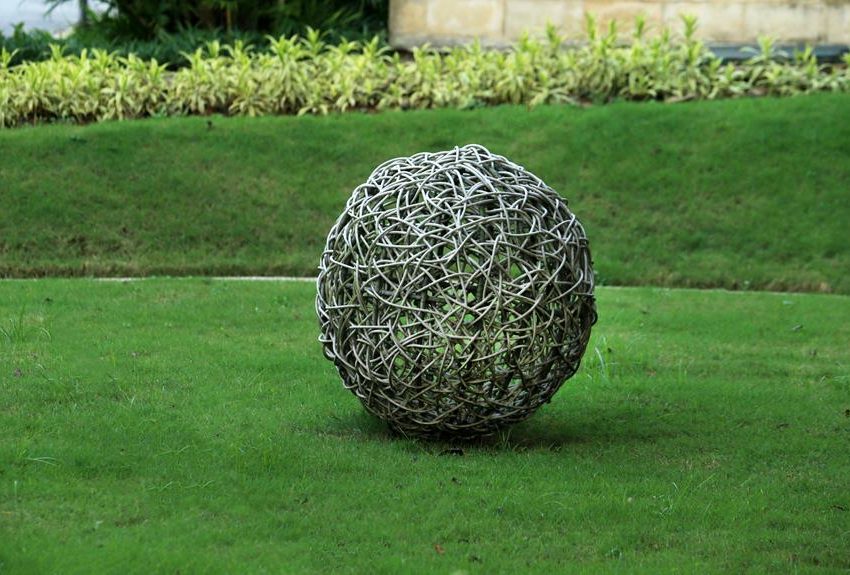KNIGHT ART
Step into a realm where valour meets artistry, and the enigmatic world of knightly figures come alive amidst history’s vibrant tapestries, often explored through collections in art galleries.
From their chivalrous deeds to their towering presence in medieval culture, knights have stood as stalwart symbols of honour and bravery, captured eloquently through the strokes of masterful artists.
In the shadows of castles and battlefields, these noble warriors sculpted narratives in steel and the hearts of those who revered them. The image of a knight clad in shining armour and wielding a mighty sword evokes a sense of grandeur that transcends mere mortal form.
Their tales of gallantry and heroism served as beacons of inspiration for generations past, permeating every facet of medieval society, from literature to art, and are now available for viewing in the best year-round exhibitions. Join us as we peel back the layers of mystery surrounding knights and uncover the profound impact they wielded on shaping the artistic landscape of their time. This influence continues to resonate with history enthusiasts and art patrons today.
The origins of knight artistry
The origins of knight artistry trace back to the evolving portrayals of these noble warriors, from historical records to vibrant artistic representations that captivate audiences even today. Knights, with their prowess in combat and adherence to a code of chivalry, have long inspired artists seeking to immortalise their courage and honour in fine art galleries.
As medieval culture flourished, knights became central figures in tales of heroism and romance, perpetuating legends through various art forms. This transition from historical accounts to artistic interpretations allowed for the embellishment of knightly deeds and virtues, elevating them to legendary status within society.
The influence of the chivalric code on depictions of knights cannot be understated. Artists often portrayed knights as embodiments of virtue, courage, courtesy, and loyalty – fundamental tenets of chivalry.
These ideals dictated their actions on the battlefield and shaped how they were depicted in art as ideals of nobility and honour, with galleries often showcasing collections of this original artwork. Through their art, knights served as protectors of realms and exemplars of moral conduct, inspiring admiration and emulation among both contemporaries and future generations.
Knights were pivotal in spreading tales and legends through art during the medieval period. Whether through illuminated manuscripts depicting epic battles or intricately woven tapestries illustrating courtly romances, knights served as the central characters in many artistic narratives.
Art served as a means to preserve these stories for posterity, ensuring that knights’ exploits and virtues would endure over time, becoming a key subject in galleries devoted to fine art.
These visual representations entertained audiences and reinforced societal values by celebrating heroism, love, and sacrifice – all integral components of knightly lore that continue to captivate history enthusiasts and art lovers alike.
Symbolism in Knight Art
In the enigmatic realm of knight artistry, every piece holds many symbols waiting to be unveiled. Armour, shields, and crests were not merely protective gear for knights but potent symbols reflecting their lineage, values, and allegiances. Intricately designed armour bore family crests or motifs that signified kinship ties and heraldic heritage.
Shields were decorated with unique symbols known as coats of arms, representing a knight’s identity in the battlefield tumult. These visual elements didn’t just adorn the knights; they communicated rich narratives of lineage, honour, and loyalty.
Colours played a vital role in conveying messages in medieval artworks featuring knights. Each hue had symbolic significance: red denoted courage and bravery, gold symbolised generosity and prosperity, while blue represented loyalty and purity.
These colour choices weren’t haphazard; they were deliberate tools used by artists to imbue their creations with layers of meaning that resonated deeply with viewers. Furthermore, motifs like lions for bravery or fleur-de-lis for nobility peppered knightly artworks with additional layers of symbolism that enriched the storytelling aspect.
Religious symbolism is often intertwined with knightly depictions in art, showcasing the spiritual dimension of knighthood. Knights embodied ideals such as righteousness and protection, akin to the noble deeds undertaken by saints in religious lore, making them a popular subject in fine art galleries.
Artists frequently incorporated religious imagery like crosses or biblical scenes into their works featuring knights to emphasise these virtues. The juxtaposition of chivalric values with religious symbolism created a powerful narrative that elevated the status of knights from mere warriors to paragons of virtue on canvas and parchment alike.
Techniques and Styles in Knight Artistry
When delving into the world of knight artistry, one can witness a rich tapestry of techniques employed to depict these iconic figures, forming a collection that represents the best in knight art. Artists across different eras have experimented with various mediums to capture the essence of knighthood.
From intricate tapestries that showcased battle scenes to detailed illuminations in medieval manuscripts, each technique offered a unique perspective on the chivalric ideal. For example, during the Middle Ages, illuminated manuscripts like the “Talisman of Charlemagne”, illustrated by Jean Coene IV in the 15th century, depicted knights in vibrant colours and elaborate armour, showcasing the skilful craftsmanship of artists at that time.
A notable aspect of knight artistry is the stark juxtaposition between realistic portrayals and romanticised depictions of knights. While some artists aimed for historical accuracy in renditions of knights clad in armour and wielding swords, others embraced a more fantastical approach by embellishing scenes with mythical creatures or exaggerated heroism.
For instance, works by Titian from the Renaissance period often portrayed knights in idealised forms imbued with a sense of grandeur and nobility not always present in reality.
Furthermore, exploring knight art across Europe reveals fascinating regional variations in styles. From the intricate Gothic detailing seen in French illuminated manuscripts to the bold and dynamic compositions found in Italian Renaissance paintings, each region brought flair to depicting knights.
The Germanic areas, known for their meticulous attention to detail and emphasis on symbolism, crafted ornate armour decorations that reflected personal heraldry and cultural motifs. This diversity highlights how knightly imagery evolved differently based on geographical influences and artistic traditions in each area.
Notable Knight Artists Through History
Diving into knight artistry reveals a tapestry woven by renowned artists, each contributing unique interpretations that have left an indelible mark on history. One such luminary figure is Paolo Uccello, a Florentine artist active in the 15th century.
Uccello’s fascination with perspective and geometry can be witnessed in his masterful depiction of knights in battle scenes. His works, like “The Battle of San Romano,” not only showcase his technical prowess but also reflect the societal glorification of chivalry during the Renaissance era.
Moving forward to the Romantic period, Henry Fuseli emerged as a prominent figure celebrated for his fantastical and dreamlike portrayals of knights and mythical creatures.
Fuseli’s painting “The Nightmare” exemplifies his dark and atmospheric style, tapping into the subconscious fears and desires of late 18th-century society. Through his emotionally charged compositions, Fuseli reshaped the perception of knights as figures embodying heroism and vulnerability.
In the modern era, Gustave Doré is an influential artist whose illustrations breathed new life into traditional knight imagery. Doré’s intricate engravings in works like “Don Quixote” capture the essence of romanticised medieval settings while also reflecting the changing social landscapes of the 19th century.
His detailed renditions added layers of depth to the narrative surrounding knights, influencing generations to come to understand and appreciate these chivalrous figures.
These artists reflected the prevailing social contexts of their times through their knightly depictions and played a pivotal role in shaping how knights are perceived today.
Their contributions span centuries, revealing a continuous evolution in art that mirrors shifts in cultural values and artistic techniques. By delving into their work, one can unravel stories of courage, honour, and insights into human nature and societal ideals that transcend time.
Revival and Revisionism: Contemporary Knight Art
The world of knight artistry has seen a remarkable resurgence in contemporary art, with modern artists deftly reinterpreting traditional themes to offer new perspectives on chivalry and knighthood. These artists balance paying homage to the rich history of knight art and infusing their creations with innovative techniques and interpretations.
One notable trend in contemporary knight art is the exploration of gender roles within the context of knighthood, challenging traditional notions and introducing diverse representations that reflect modern ideals of equality and empowerment.
The revival of knight art in contemporary culture can be attributed to a growing fascination with medieval aesthetics and narratives in popular media, such as television shows and video games.
Artists draw inspiration from these sources to create dynamic and captivating interpretations of knights that resonate with audiences today. However, this renewed attention also brings challenges as artists grapple with honouring tradition while pushing boundaries to keep knight art relevant and engaging for modern viewers.
One significant challenge contemporary artists face when depicting knights is reconciling historical accuracy with creative license. While some adhere closely to authentic armour styles and weaponry based on meticulous research, others opt for more imaginative approaches that blend elements from different periods or cultures.
This intersection between tradition and innovation gives rise to diverse artistic expressions that constantly evolve the enigmatic world of knight artistry, keeping it vibrant and compelling for both creators and admirers alike.
Concluding Thoughts on the Enigmatic World of Knight Artistry
Over the course of the year, the study of knight artistry has always fascinated scholars and enthusiasts alike. From the best knight art housed in London galleries to paintings for sale depicting warriors, the subject matter is rich with history and visual power. In recent years, several artists have explored abstract interpretations of knights, making the process of creating these artworks a delightful mix of traditional and modern techniques.
The oil paintings often feature the texture and richness that bring these warriors to life, including scenes from war and seascapes that reflect the environment knights once traversed. Women, too, have emerged as subjects and creators in this field, adding a special touch and broadening the story told through knight art. In Cornwall and beyond, the need to return to and reinterpret this visual history continues to grow.
At institutions like the Royal University, fellows and members engage in the full study of knightly depictions, from the 80s to date. These studies not only celebrate the aesthetic appeal but also delve into the real and abstract aspects that make knight art relatable and relevant. Whether you are a student, a homeowner looking to add a touch of historical grandeur to your house, or a company seeking to understand the cultural impact of knights, the subject matter of knight artistry remains a powerful and compelling field.
Eventually, as we explore the visual and tactile elements of knight paintings, we find that they are more than mere decorations; they are stories rich in colour and texture, full of the delight and complexity of the human experience. This enduring fascination ensures that knight art will continue to captivate and inspire for years to come.
